Interview
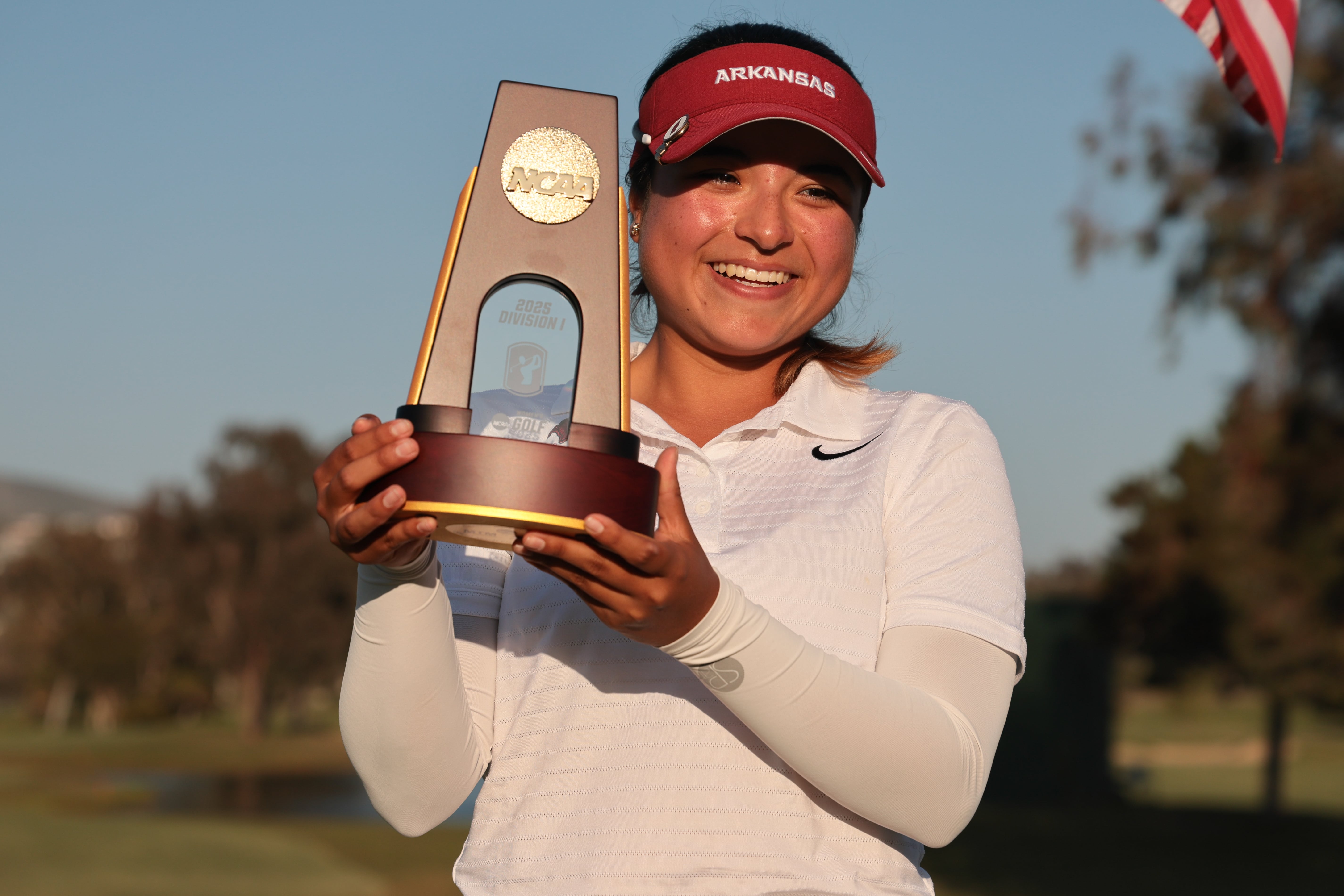
As the sun began to set behind the hills of Carlsbad, California, on the fourth day of the 2025 NCAA Women’s Golf Championship, Maria José Marin steadied herself over a slippery birdie putt on the 18th green of Omni La Costa’s North Course.
Spectators ringing the green and those at home watching on TV fell silent. The Arkansas Razorbacks golf program and all its supporters held their breath. And just like that, the 20-year-old Colombian starlet—known to most as Majo—delivered once again.
“I was just trying not to look at the leaderboard,” Marin said after her two-shot victory over a field stacked with the best young female amateurs in the world. “I had to keep making birdies, good pars, and just play my golf.”
From Majors to Maturity
Marin’s climb towards the summit of women's golf — she finished last season ranked as the 3rd best player in college golf, and is currently 5th in WGAR — is no overnight tale. It is the result of deep-rooted talent, a prodigious work ethic, and lessons forged in the fire of elite competition.
In the last couple of months, she has played in two of the biggest events in women’s golf: the US Women’s Open and the Amundi Evian Championship.
"That mental toughness when you're playing for money or even your card—it’s something I’ve realized I need to develop”
“Those weeks really showed me how much sharper the short games of the pros are,” says Marin, who made the cut in both (55th at US Open, T70 at Evian). “That rough around the greens—it's just different. The pros don’t make two mistakes in a row. That level of course management, that mental toughness when you're playing for money or even your card—it’s something I’ve realized I need to develop.”
Another eye-opener? Distance. “They’re playing 6,700-yard courses. In college, we’re at 6,300, maybe 6,400. That’s a big gap. You have to get used to hitting longer irons in.”
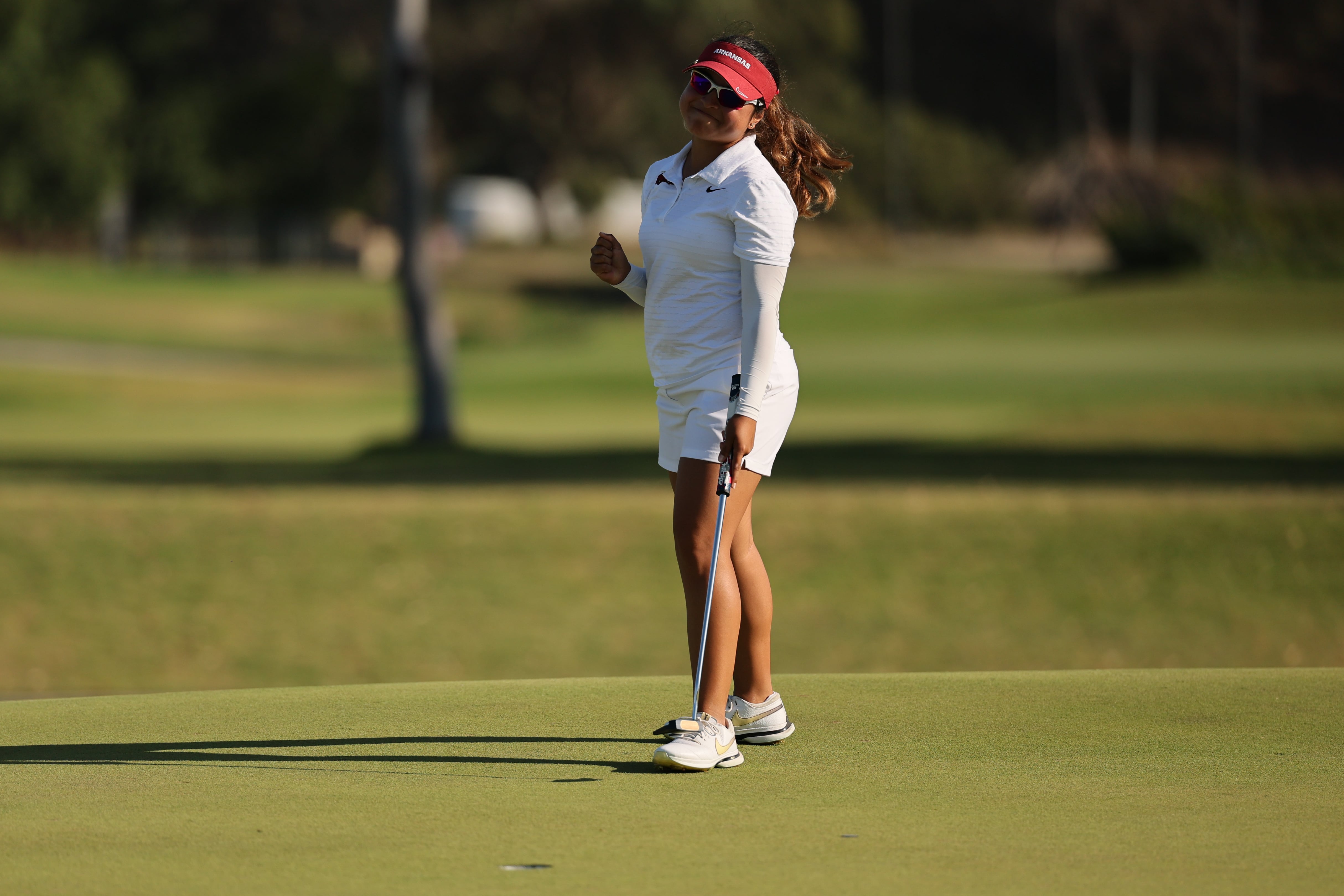
La Costa and a Legacy Sealed
If the majors taught Marin what she must become, La Costa revealed who she already is. After finishing third as a freshman, she returned to the North Course with poise and purpose. On day three, she blistered the Gil Hanse layout with a seven-under-par 65—tied for her career best—then held her nerve against Mirabel Ting and Kelly Xu on the final day, carding a 69.
“I like narrow courses,” she explains. “Courses where you have to think your way around. I knew where I could hit driver and where I had to be smart. That course suits my eye.”
Marin’s game plan, developed with Arkansas coaches Shauna Taylor and Mike Adams, emphasized precision over power. “If you don’t need to be aggressive, don’t be. Hole 4 is a perfect example. Hit it 220, have a wedge in, and avoid the cubby pin where it’s impossible to spin the ball. Just play smart.”
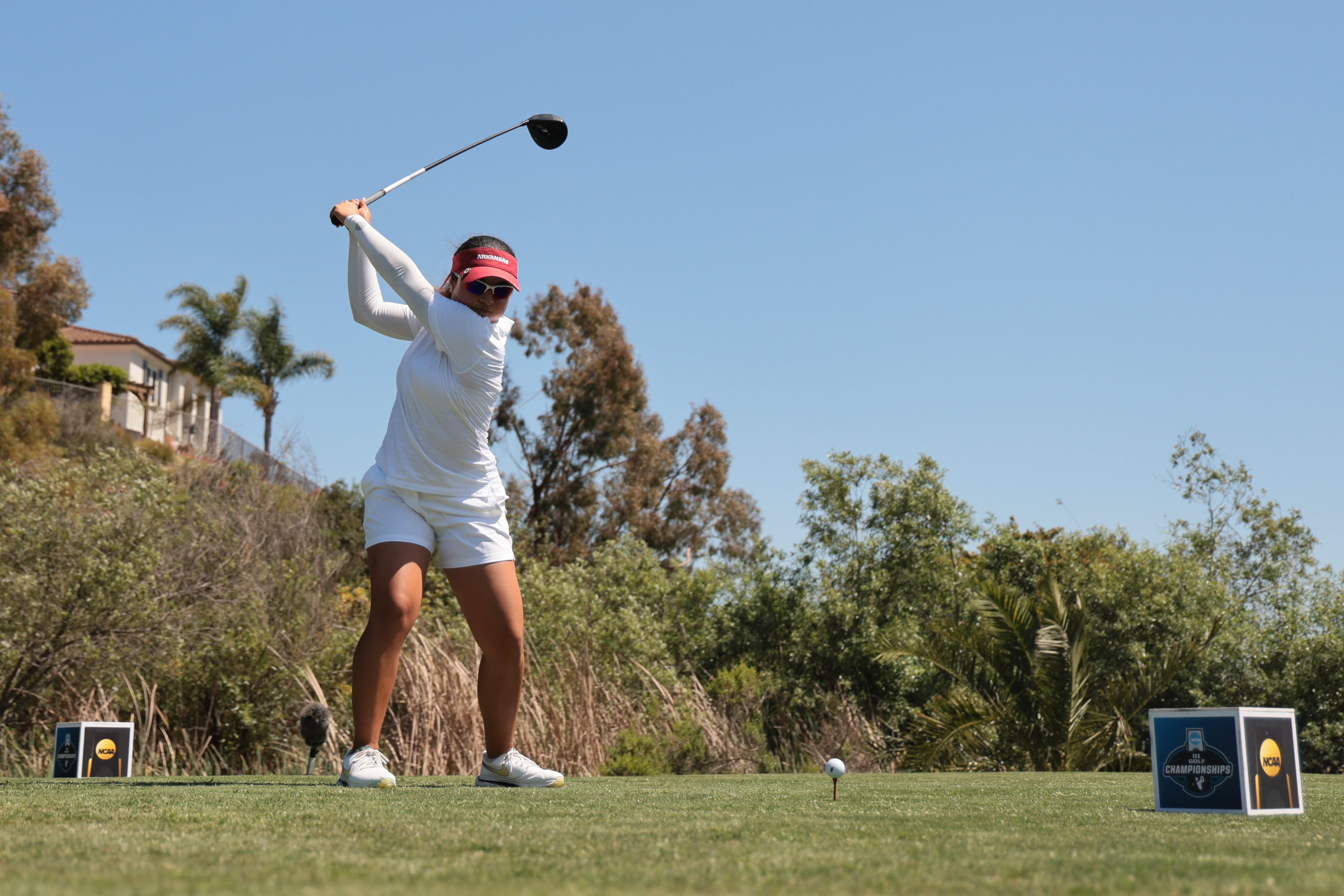
Still, smart play alone wasn’t enough. Her putter needed to smolder, especially on the fourth day when the No.1 ranked player in college golf and a stalwart of the No.1 ranked Stanford team both began breathing down her neck on the back nine.
After an up-and-down start to the tournament on the greens, she'd turned to a familiar source.
“I’ve been working a lot on technique,” she says of the work she put in after the first two days to find her putting feels. “Drills, visualization, even closing my eyes to imagine I’m out there. Shauna was huge. I’d ask, ‘Can you check my wrist? My head?’ She was always there.”

Putting in the Work—with Clippd
On the last two days, Marin's putting was rock solid. time after time she holed clutch putts that kept her ahead of the competition. Part of her progress in putting performance came thanks to her data. Specifically, Clippd.
“I didn’t used to look at stats,” Marin admits. “But Clippd showed me exactly where I needed to improve—my putting. Now I check after every round, build drills around what the numbers say, and work with Shauna on what’s actually going to help me get better.”
The results were decisive. Not just at La Costa, but throughout the spring, which began with her second win of the season at Purdue’s event in Puerto Rico.
Raised by the Range
Much of her discipline and drive can be traced back to her childhood in Colombia, where her father—a national amateur player—introduced her to the game. “I started when I was one or two,” she laughs. “My dad was always practicing. I saw that, and I just started hitting balls. Six hours a day sometimes. Just obsessed.”
Her father remains a vital part of her journey. He caddied for her at the Evian, as well as her LPGA debut at the 2024 Walmart NW Arkansas Championship, where she played alongside Maria Fassi and Lexi Thompson.
“To have him on the bag—it’s special,” she says. “He taught me what it means to work hard. That hasn’t changed.”
Marin clearly impressed Fassi, who told her afterwards, "You just proved you're made for this."
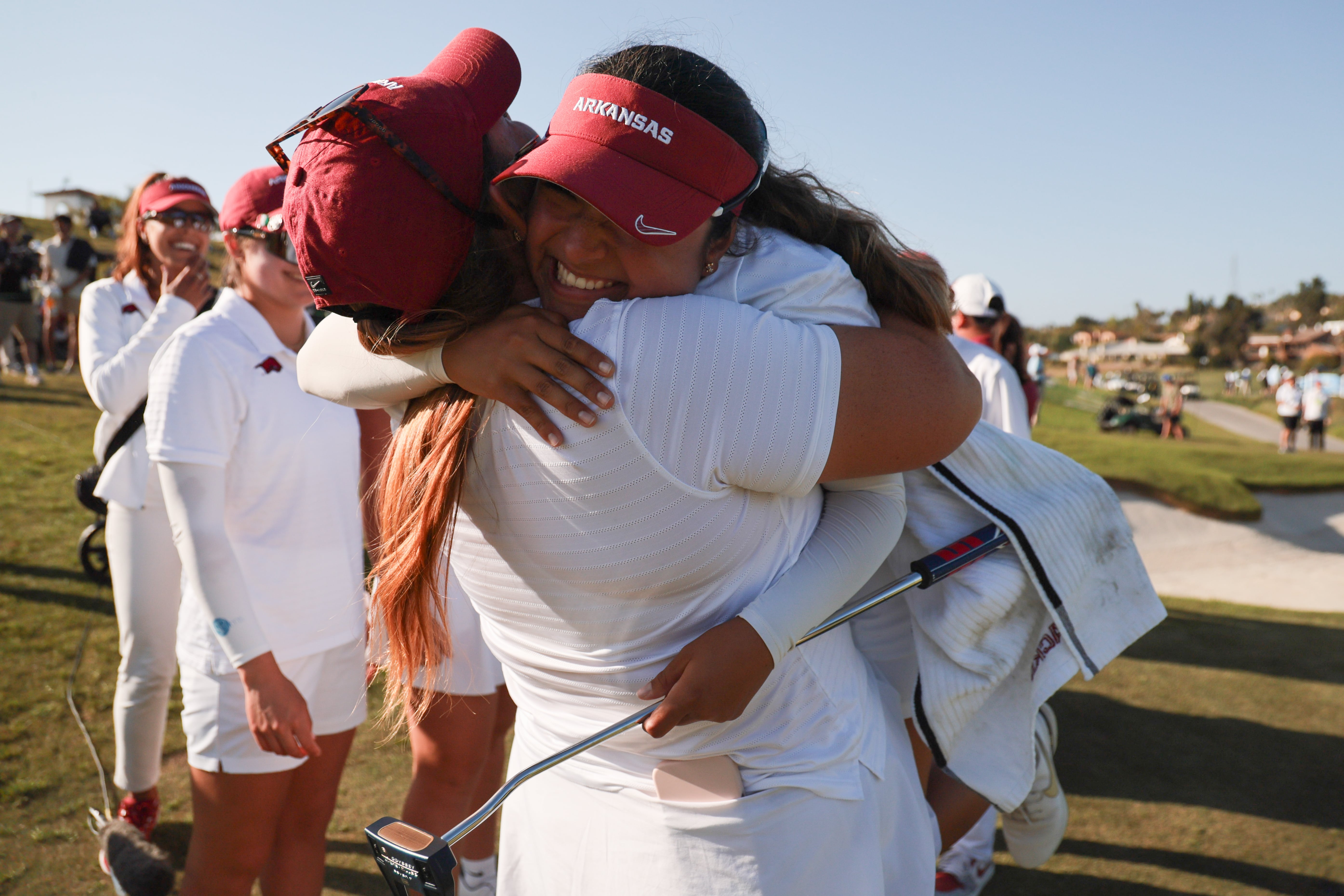
A Razorback by Design
With her junior success — Marin was twice South American Junior champion, she was courted by many top programs. But it was Arkansas that won her over—and her family, too.
She was only 15 when she made her first official visit. “Shauna was the first coach to offer. I didn’t know how anything worked! But when I saw the facilities, the Blessings course, met Shauna and Mikey—I just felt they would treat me like a player and also like family.”
A key selling point? Community. “There were Spanish-speaking girls on the team, and I clicked with them immediately. I felt at home.”
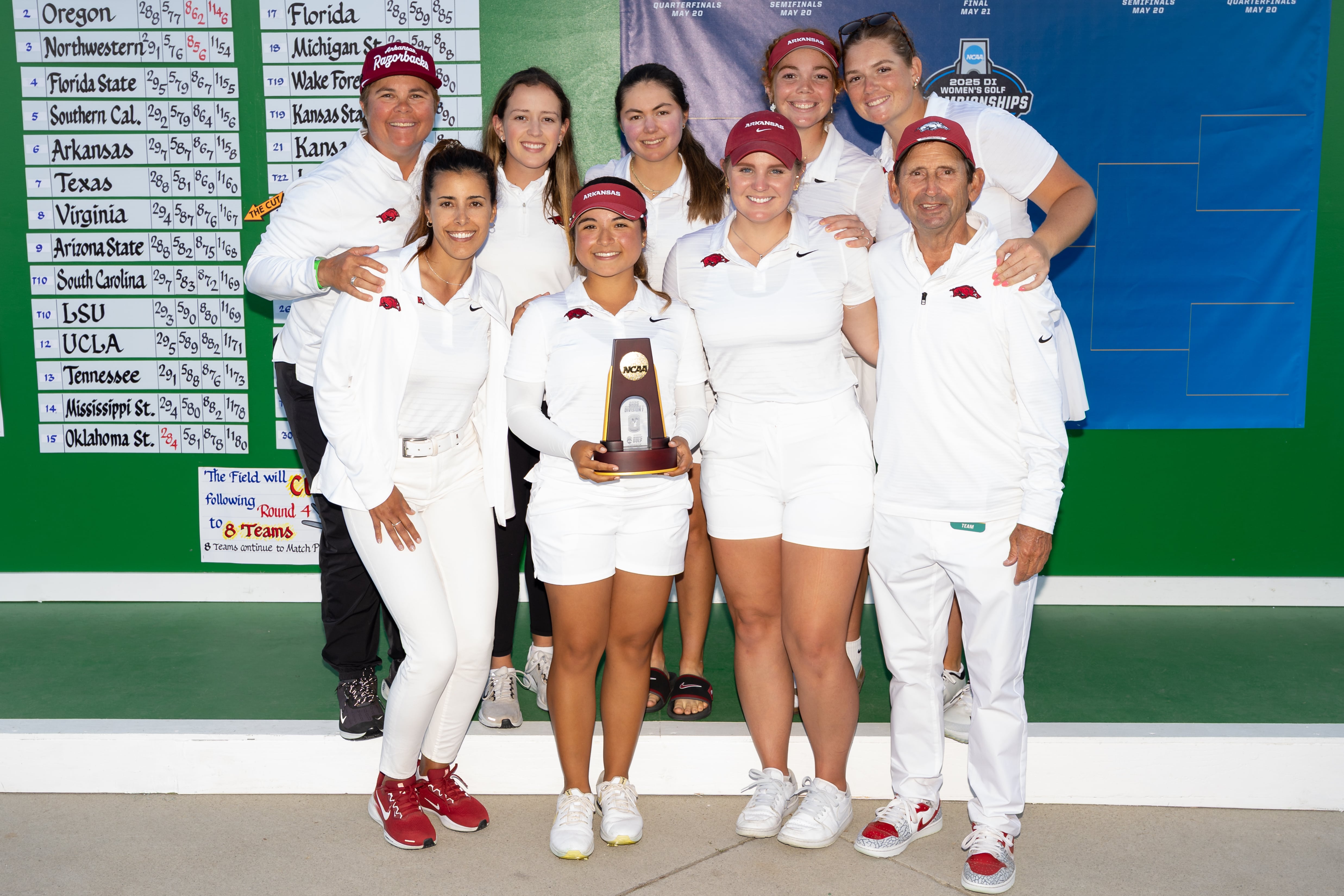
Staying the Course
With recent rivals like Lottie Woad and Mirabel Ting turning professional, Marin has faced questions about her own timeline. But her response is calm, considered, and mature.
“I know people think I’m ready,” she says. “But I found things in those majors that I need to work on. That’s what college is for. I want to get my degree. I want to get better. I’ll stay the four years.”
Inspiration and Impact
Marin’s success has rippled across Colombia, where golf has traditionally been seen as an elite sport. But times are changing, and Marin’s emergence is a big part of that.

.png)



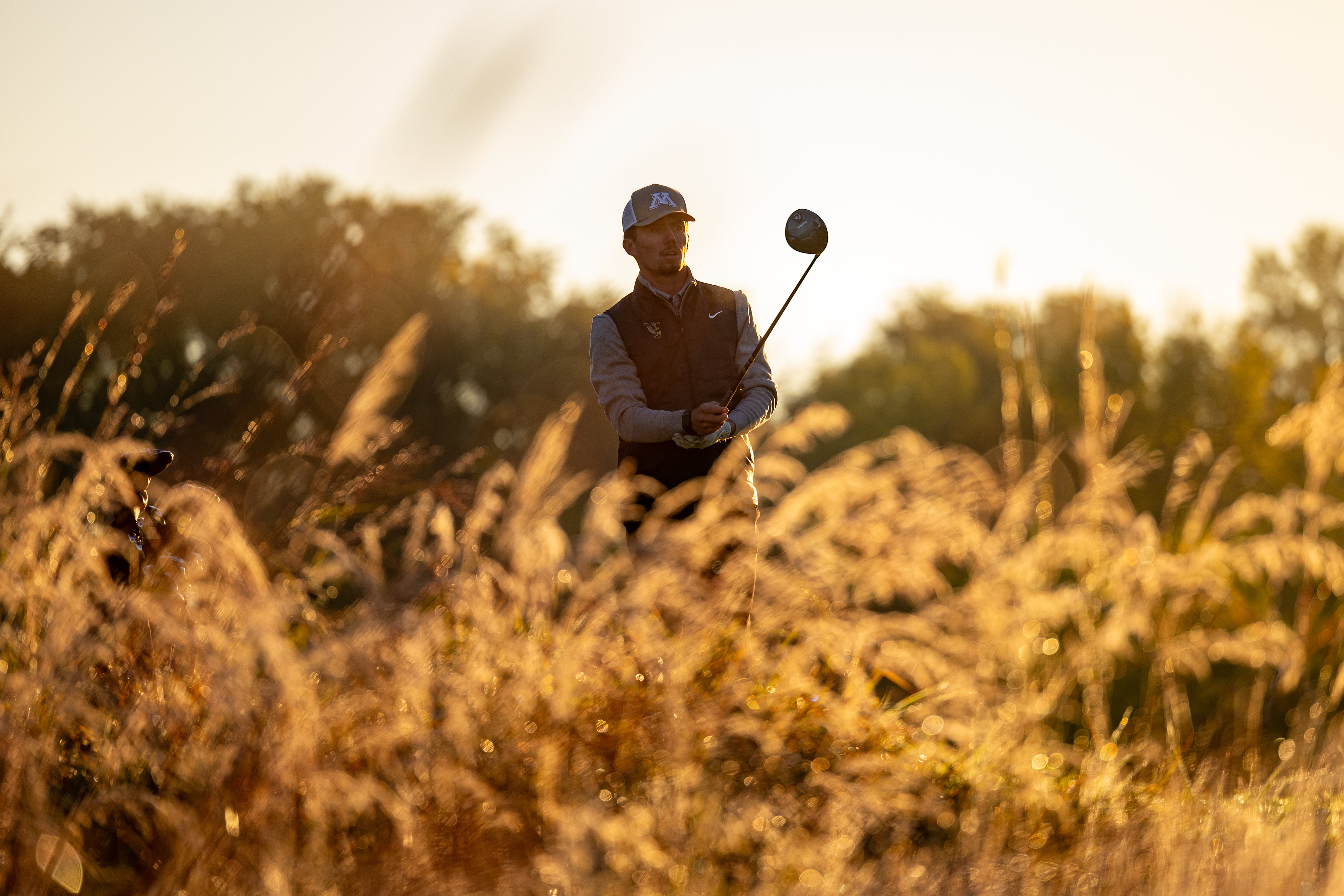



.jpg)
.svg)